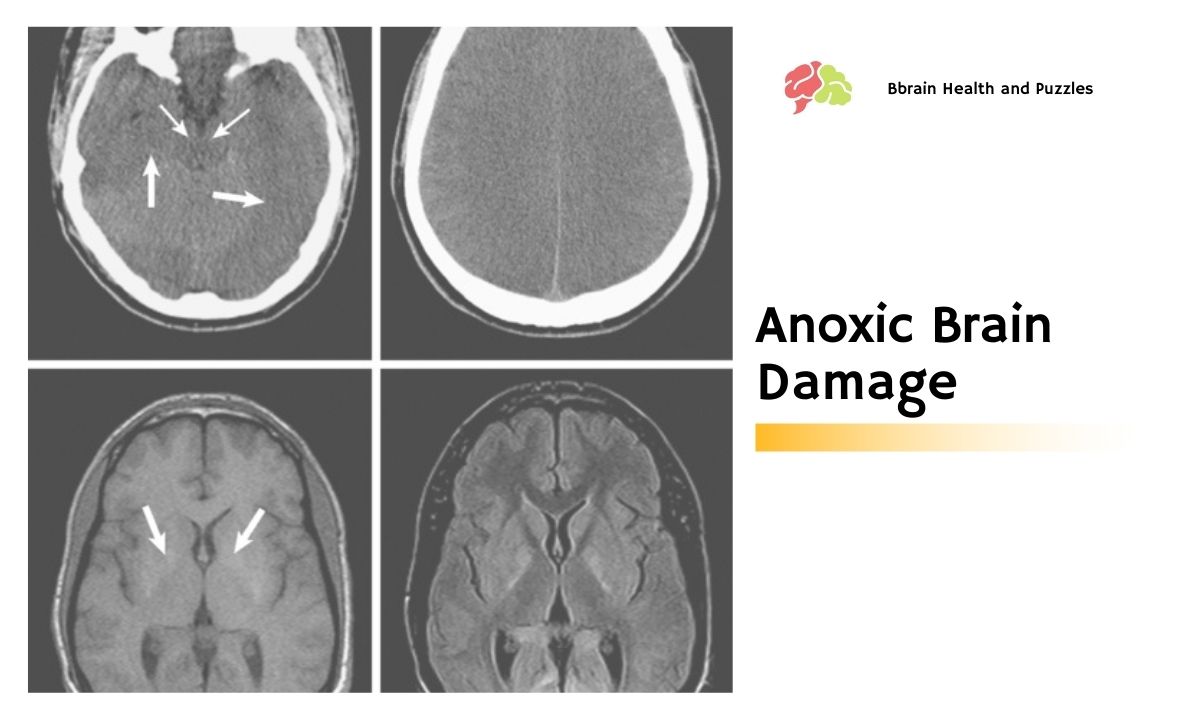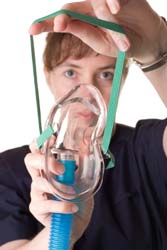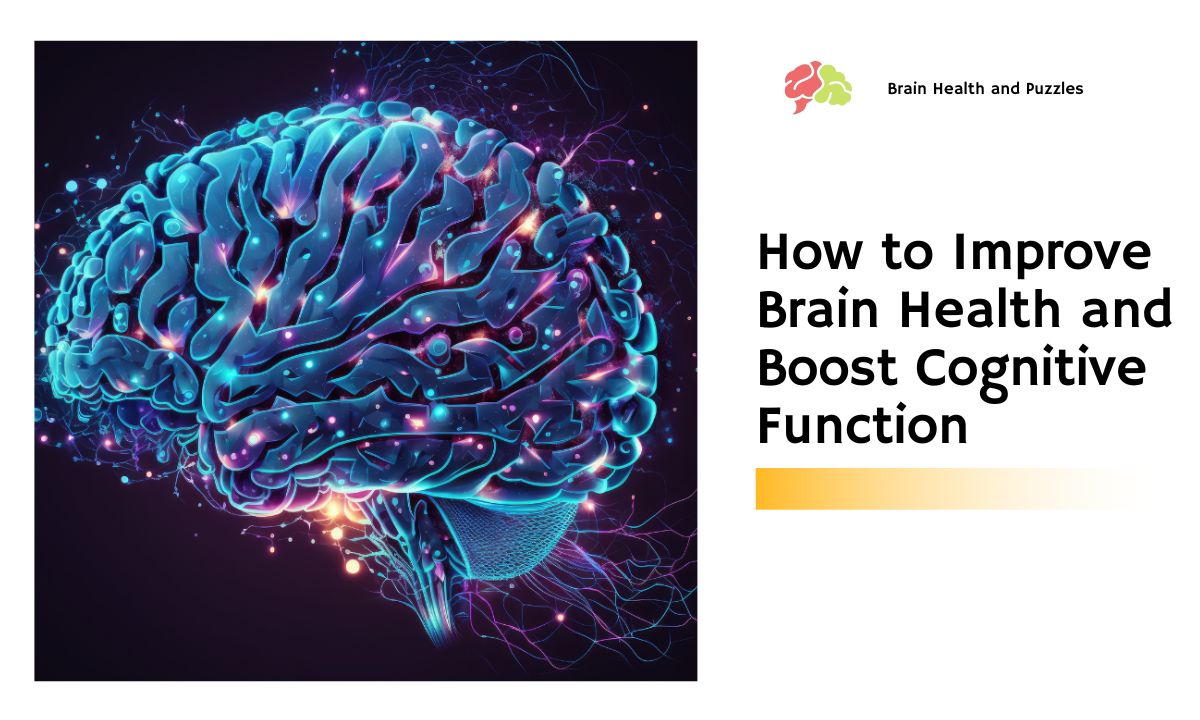Anoxic Brain Damage

More Than Just a Headache
The term of anoxic brain damage refers to a condition when the brain receives no oxygen for several minutes or longer. The brain will begin to die after approximately 4-6 minutes without oxygen. The damage is irreversible. There are a number of ways this can occur. One way is when oxygenated blood cannot reach the brain. A common way this can happen is when a clot prevents blood flow to the brain.
How It Can Happen
 There are certain risk factors a person can have that can lead to anoxic brain damage. Some accidents such as choking, suffocation, near-drowning, electrocution, and malfunctioning gas appliances that produce carbon monoxide are all accidents or injuries that can increase your risk for anoxic brain damage.
There are certain risk factors a person can have that can lead to anoxic brain damage. Some accidents such as choking, suffocation, near-drowning, electrocution, and malfunctioning gas appliances that produce carbon monoxide are all accidents or injuries that can increase your risk for anoxic brain damage.
There are certain medical conditions such as a heart attack, abnormal heartbeats, stroke, brain tumors, and illegal drug use that also may cause a lack of oxygen in the brain.
Sometimes people can be exposed to a toxin or chemical that can block oxygen in the blood from being used by the cells in the brain. This is what happens when carbon monoxide binds the oxygen-carrying molecules in the blood and then prevents oxygen from being transported to the brain. Another way anoxic brain damage can occur is when the blood that reaches the brain does not carry enough oxygen. This can occur when a chronic lung disease prevents oxygen from crossing from the lungs so that that it can be transported by the blood to the brain.
Diagnosis
In order for a doctor to diagnose anoxic brain damage they will begin with your symptoms and medical history, and follow up with a physical exam. In some cases, a doctor may refer or consult with other specialists before rendering a diagnosis. In addition, they may use a Head CT Scan which is an x-ray that uses a computer to make detailed images of the brain. Or they may use an MRI (Magnetic Resonance Imaging). This uses powerful magnets, radio waves, and a computer to make detailed images of the brain. Finally, a doctor could opt to use an Electroencephalogram (EEG). This is a test that measures the electrical activity generated by the brain.
Once a diagnosis is rendered treatment will depend on the cause of the damage. A doctor may use barbiturates which will slow down brain activity. In addition, a doctor could prescribe steroids and other medications to help reduce the swelling that often accompanies injured brain tissue. Reducing this swelling can help limit the amount of damage done to the brain. A doctor will also try to use medications and other methods in order to increase the amount of oxygen reaching the brain.
Recovery
A patient can recover from anoxic brain damage, but it can be uncertain and can take a long time. There are factors such as the extent of the brain damage and the part of the brain involved that have to be factored in recovery. If there is severe brain damage it can result in a coma state.
Mild to moderate brain damage can result in a headache, confusion, decreased concentration, decreased attention span, mood swings, a change in personality, or an intermittent loss of consciousness. If the damage is mild then the person can usually recover much of their brain function. If there is a disability as a result of the damage, they can usually live with it as they would be minor.
During the months it can take to recover, the patient can expect to work with a physical therapist who can help retrain motor skills such as walking. In addition, the patient may work with an occupational therapist who will work on improving daily skills such as dressing and going to the bathroom.
If there is damage to certain parts of the brain the patient may have to work with a speech therapist who will help with their language problems. A neurophysiologist may be added to the treatment team in order to counsel the patient on behavior and emotional issues related to the injury.



